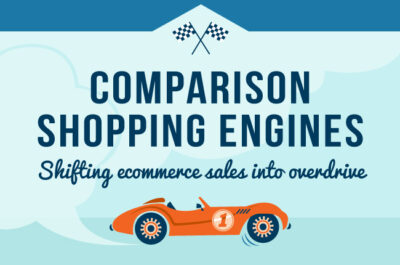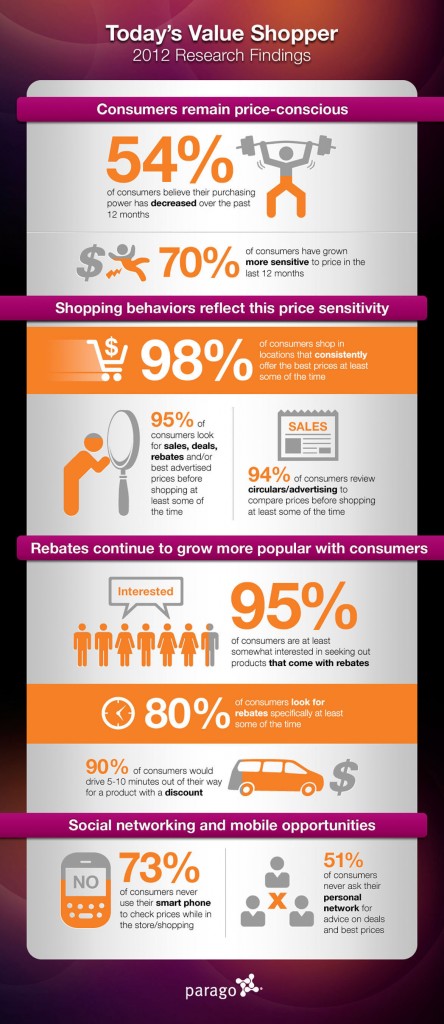
As a result of the internet boom in the late 1990s, new selling concepts that spell a greater sense of consumer empowerment have evolved. Over the years, easy internet access has seen the rise of the shopping portals also known as eCommerce platform that list products from various retailers in the virtual marketplace. This makes it possible for buyers to compare prices and make buying decisions on the fly. The feature is better known as a price comparison service for eCommerce.
The new-generation online shopping portals offering price comparison features have changed the way e-commerce business models work both in terms of features and functionality. It is interesting to note that these sites may often retrieve the data directly from each retailer site instead of collecting and displaying data feeds from these individual retailers. The method makes it possible to gather a more comprehensive list of service providers with real-time updates for prices and in turn, greater control.
How to get real-time e-commerce data?
So what exactly is a price comparison service?
For e-businesses, price comparison websites are an effective means to help analyze competitors vis-à-vis product types and service levels, and at the same time, help keep a check on rapid price fluctuations in near-real-time. For consumers, on the other hand, these sites are the stops to find the right products at the lowest possible prices in the quickest possible way.
While these websites offer consumers an easy way to compare prices across a wide array of consumer products and services, they also lend a greater sense of credibility through user feedback and review ratings for the products or services as also the companies that offer them. This user-generated data is critical for e-retailers to analyze brand sentiment and loyalty.
On the face of it, price comparison services may appear to focus on the big players only. But, looking beyond, we see that the concept really provides a level playing field and allows smaller retailers to compete and showcase products to a wider audience.
How does the model work?
The price comparison model is implemented by first collecting data directly from individual suppliers who want to list products and/or services on the Internet. The price quoted is then matched against an existing database. The comparison sites can also collect data through a data feed file. The data entered by individual retailers separately in a predefined electronic format is then imported into the database of the comparison website. The revenue for such price comparison sites comes from the monetization of the products listed in the data feeds through commissions on the number of clicks generated.
However, price comparison service providers now use web crawling to scan web pages and retrieve prices in an automated manner instead of the supply-collect format. Another approach for collecting data is the crowdsourcing technique, which is a newer technique that makes it possible to collect data from virtually all possible sources, without the need to set up a web crawler or electronic data feed collector. In practice, usually, a combination of these methods is used to collect data.
See use-cases of e-commerce data here
Uses and benefits of price comparison service
The consumer demand for third-party services has fueled the need for price comparison verticals of the business markets. Small businesses are likely to derive more benefits from a price comparison service and see a far-reaching impact. Below are some possible benefits:
1. A key differentiating factor for small businesses is customer service which can be improved using pricing and consumer data. It is possible to leverage the benefit of the services offered by other players of the same industry vertical are studied and compared.
2. It always helps to keep a check on prices offered by competitors to gain a competitive advantage. By and large, price is the deciding factor in making the buying decisions. This is especially true for those who are looking for a good bargain. Price comparison services can thus leverage the price data to offer better discounts or even revalue price points to lure more consumers.
3. A price or product comparison service also makes it possible to analyze the markets for what puts others ahead of you. Whether it is the terms of service or the refund policy to payment security, small businesses can get to find out exactly where they lag behind, to make room for improvement.
4. Nothing can work better for a business than being able to check out the details that ultimately influence consumer buying behavior. Small businesses can use price comparison services to monitor consumer buying behavior. This makes it easy to know what influences consumers and what exactly is needed to do to draw more traffic for their offerings.
5. A thorough comparison of the many available options can help businesses predict patterns that put off the shoppers. The reasons can range from badly designed landing pages to poor navigation, from insecure payment gateways to having to click too many times to be able to buy something. This makes it possible to get a format of sorts for a clear and easy-to-use, consumer friendly website.
The continuous evolution in the price comparison segment has given rise to a new generation of services that include mobile applications that price comparison on the move. Other services that are now seeing robust growth are web scraping and crawling services. Specialized data crawling and analytics start-ups now offer enhanced professional services that aid in building a price comparison site. Yet, nothing can be more rewarding for businesses than the fact that the end-users actually value the convenience that the price comparison services and their mobile apps have to offer. Have you been using any of those services lately?
We have recently launched a very special campaign for you, Free E-commerce Data Feeds Weekly, as part of this offering, we crawl e-commerce websites like Amazon India, Snapdeal, Paytm, and Flipkart from a limited set of categories. More importantly, the data is refreshed every week, giving you more freedom for experimentation and it’s free. So Subscribe Now!
Image Credits: beyond-black-friday | onlinebusiness.volusion






















